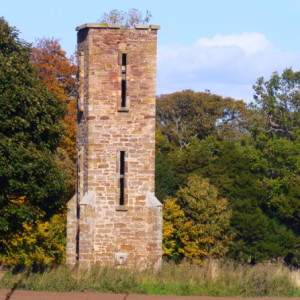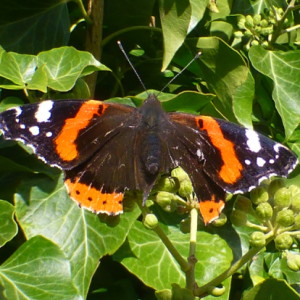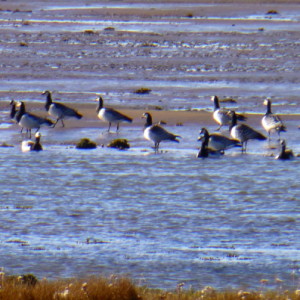On Postman's Walk
We made a fascinating discovery on a walk from the '10 Walks' leaflet, which this time took us towards the Luffness Estate on Postman's Walk and Bickerton's Way.
I hope the author Colin McWilliam will not mind my quoting from The Buildings Of Scotland - Lothian but the detail is difficult to summarise. In a pleasant wooded area lies what he describes as a pitiful remnant, no more than the lowest courses of a long narrow church, 26m by 6m, which are the remains of a Carmelite Friary. I am inclined to agree.
The Blip is of a segmental recess containing a battered effigy of a knight in late C13 armour; the position is that normal for a founder's tomb.
In the centre of the floor of the choir, (not quite in the photo) is a tomb slab with mediæval inscription, identified as that of Kentigern Hepburn and dating ca 1500. The book continues the earliest mention of the Friary is in 1336 but the effigy proves a date for the foundation earlier by several decades. Thus this ruin is of historical importance.
The 1843-1882 OS 6inch map does not mark the two fish ponds seen on other issues and still in existence but does mark a dove cote, which we could not see. However, the 'fountain' on this map, deemed to be in the position of the Friary's well, by the early to mid C19 became a water tower, see extra 1, which still contains winding gear. On three sides are remains of spouts above a drinking trough, one of which survives. The tower is category B listed.
Our walk was also blessed with the best display of Red Admiral butterflies - we counted 25 simultaneously feeding on a large ivy plant, some in quite badly ragged condition, see extra 2 (which is not the worst).
Having watched several skeins of geese flying towards Aberlady Bay we then drove to the carpark where we could see plenty of Barnacle Geese among the waders and Curlew, a poor photo in extra 3.
A splendid day.



Comments
Sign in or get an account to comment.


